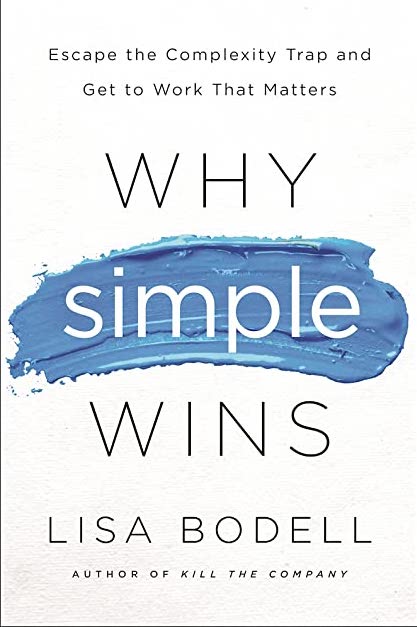Chapter 1: Creating the Monster
Not long ago, if you ask people how they were doing, they say, “Good!” A few years later at the standard answer became, “Okay.” Today, a new answer is the norm: “BUSY.”
In 2013, organizational analytics company VoloMetrix studied house 7600 of Seagate’s employees were spending their time. What the researchers found was frightening: some of Seagate’s employees were losing 20 hours of each workweek to meetings. And Seagate wasn’t unique. And a collaborative study of 17 companies conducted by VoloMetrix and Bain, one stressed out middle manager learned he was wasting roughly eight hours each week by attending unnecessary meetings and four hours each week to the hassle of reading and responding to emails that were, in the end, entirely superfluous to his role in the company. Given all the other time-consuming things he had to do, he could only devote 11 hours per week to working alone on his primary responsibility.
Researchers at Bain found that of the 47 hours the average mid-level manager or front line employee works each week, 21 hours are spent in meetings with four or more people, and 11 hours are spent on emails and other electronic communication. Do the math: that leaves less than 15 hours to get everything else done! Now subtract the unproductive time in between meetings and other obligations and you come to a startling conclusion: “The average manager has less than 6.5 hours per week of uninterrupted time to get work done.” That’s less than one day per week.
The amount of procedures, vertical layers, interface structures, coordination bodies, and decision approvals needed in each of those firms has increased by anywhere from 50% to 350%.
A 2014 Future of Work study by SAP highlighted three statistics that, when taken together, convey the scope of the problem: more than half of business leaders believe business simplification is a significant strategic importance to their senior leaders; 2/3 believe that the issue would be even more important three years down the line; but barely more than a quarter believe their top management is “strongly aligned” to address the challenge.
Chapter 2: The “What” and “why” of Complexity
Minimal, Understandable, Repeatable, Accessible
Brad Katsuyama, the subject of Michael Lewis’s book Flash Boys, differentiated his firm from other financial services companies by making things easier for people to comprehend: “People trust things they understand; they don’t trust things they don’t understand. We spend our time making complex concepts easy to understand.”
Jack Welch put it well: “you can’t believe how hard it is for people to be simple, how much they fear being simple. They worry that if they are simple, people will think they are simple minded. In reality, of course, it’s just the reverse. Clear, tough-minded people are the most simple.”
One locksmith found this issue of “more” being more valuable particularly confounding. All his years of experience fixing locks made him a master at his job — he could fix the toughest locks in mere minutes. But customers weren’t always pleased with this — why should they pay him so much money for something that took no time at all? Doesn’t that mean do you want to could do this work? So he figured out a way to address the problem. He found it was better to waste a little time, do a little extra handiwork, and give the customer the sense that the job really required a great deal of expertise, even if it was actually fairly simple. Why? The value we attach to more — more time, more expertise, more complication—leads us to believe that a job that takes a few extra minutes us one for which we’re getting more value.
Chapter 3: Gauging Your Complexity Problem
Another warning sign may be the prevalence of initiatives that sound great but deliver paltry results. One large financial institution spent more than 1 million implementing a system to “spur innovation” across the company by breaking down silos and leveraging cross-disciplinary thinking. Only 50% of employees queried knew the system existed, and only .1% knew how to submit new ideas via the system. Why? Because the company didn’t budget for training and marketing to roll out the system. And why was that? Because the system’s implementation was overly complex. It required an intense amount of focus and funding, and as a result the organization overlooked key elements that would’ve actually made the system usable.
AnnaLee Saxenian, now dean of Berkeley’s school of information, asked in the 1990s why, if technology was centered on one coast through the 1980s, the technological world had subsequently chosen to pack up and move out west. She discovered that the issue was largely cultural. The firms along 128 were behemoths. We’re bureaucratic. They were suffused with rules and legalese. In a word, they were complicated. Eventually, the talent that once streamed to Route 128 refused to stay there. They opted for the culture of the west coast. The startups popping up along Sandhill Road celebrated the free flow of ideas.
Chapter 4: Work That Matters
Meaning is the new black
Scott Barry Kaufman, scientific director of the University of Pennsylvania’s Science of Imagination Project at the Positive Psychology Center
